Last Updated on January 19, 2025
How to Store Your Winter Tires in the Off-Season
Maintaining winter tires is often overlooked but essential. As with any product, caring for them properly will extend their dependability and longevity. If you pay attention to storage and upkeep, they will last longer and be ready for the next winter season. Storage, among other things, is important too. Let’s explore the step-by-step process of winter tire storage to keep them in top condition year after year.
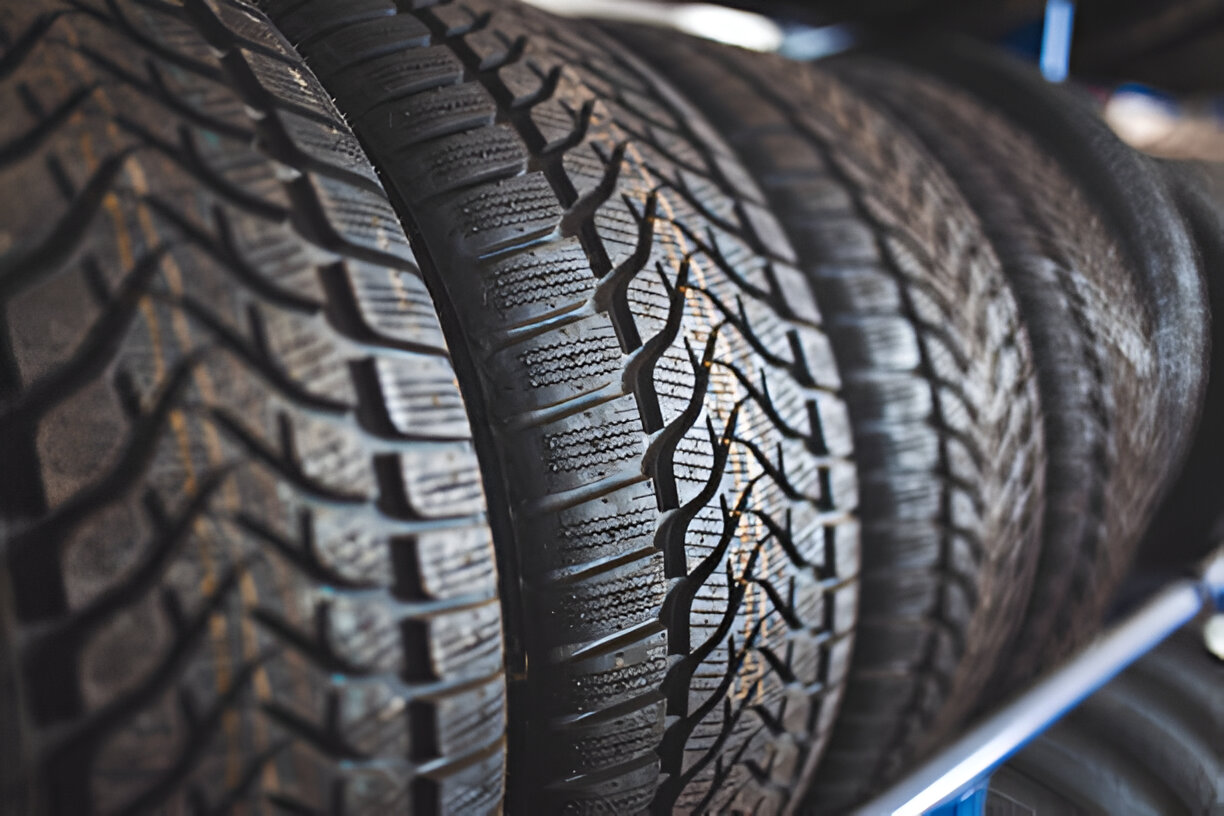
1) Cleaning The Winter Tires
After you have removed the tires or wheels, you need to clean them thoroughly. This first step is crucial since it helps remove road salt, dirt, or debris that could degrade the rubber over time. You can use mild soap and water to scrub the treads and sidewalls to ensure all residues are rinsed off to prevent corrosion. The final step is to ensure the tires are completely dry to avoid moisture buildup, which can lead to mould, rot, or rust (if the wheels are attached).
2) Look For Potential Damage
Winter is a harsh time, and daily driving poses numerous dangers for winter tires. Once removed, inspect them carefully for signs of wear, damage, or punctures. Pay close attention to the sidewalls for cracks or splits and check for embedded objects like screws or nails. Also, look closely at any signs of uneven wear or damaged treads. Typically, tires display slight wear after several months of use, but if there are bald spots or the tread is dangerously worn, it is time to throw it away and replace it.
3) With Or Without The Wheels
You can store your winter tires with or without the wheels. If the winter tires are mounted on rims, you should stack them horizontally since it will minimize the pressure on the rubber. However, when the tires are stored without the wheels, they will require more attention to prevent deformation during storage. Do not hang them, as this can distort the shape; it’s best to store them upright vertically. For unmounted tires, be cautious of prolonged pressure on one area and rotate them periodically (every month or two) to prevent them from developing flat spots.
4) The Right Storage
Tires should be stored in a cool, dry, and clean environment to prevent damage. Avoid areas with extreme temperature fluctuations, like garages exposed to extreme heat, cold, or areas with high humidity. The ideal location would be a basement or climate-controlled storage unit. You should avoid direct sunlight or outdoor storage since UV rays can break down the rubber compounds in tires, and outdoor storage exposes tires to harmful elements like rain, humidity, and temperature swings. Additionally, tires should be kept away from ozone-generating devices like furnaces and electric motors and away from chemicals (like oils, solvents, and fuels), which will accelerate rubber degradation. Even chemical fumes can have detrimental effects on the rubber over time.
5) Cover Your Tires
Covering your tires helps protect them from dust, moisture, and sunlight. You can use dedicated tire storage bags to shield your tires from the elements. There are two options: vented and non-vented. Vented storage versions allow airflow, reducing moisture buildup. Wrapping your tires in plastic sheets or heavy-duty garbage bags can protect them from moisture but remove as much air as possible to prevent condensation. You can also get tire totes and durable, reusable fabric covers to carry and protect tires.
6) Label Your Tires
If you rotate your tires in different positions on your vehicle, it’s a good idea to label each tire when you remove them. Use chalk or a tire marker to indicate their previous position (e.g., LF for left front, RR for right rear). This step will make it easier to reinstall or rotate them properly when you reinstall them next season.
Conclusion
Properly storing your winter tires in the off-season is key to prolonging their life, maintaining performance, and ensuring your safety next winter. By cleaning, inspecting, and storing them in a controlled environment—whether mounted or unmounted—you’ll get the most out of your tires for years to come. Additionally, using protective covers and keeping them away from harmful chemicals and direct sunlight will safeguard the integrity of the rubber. Your well-preserved winter tires will be ready for action when the snow returns.
-
Automotive Specialist
-
Proofreader
-
Writer




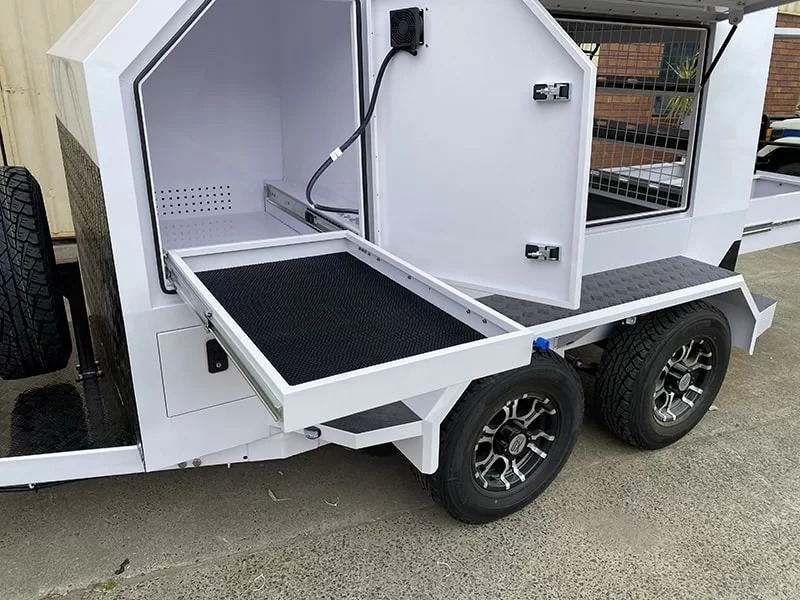
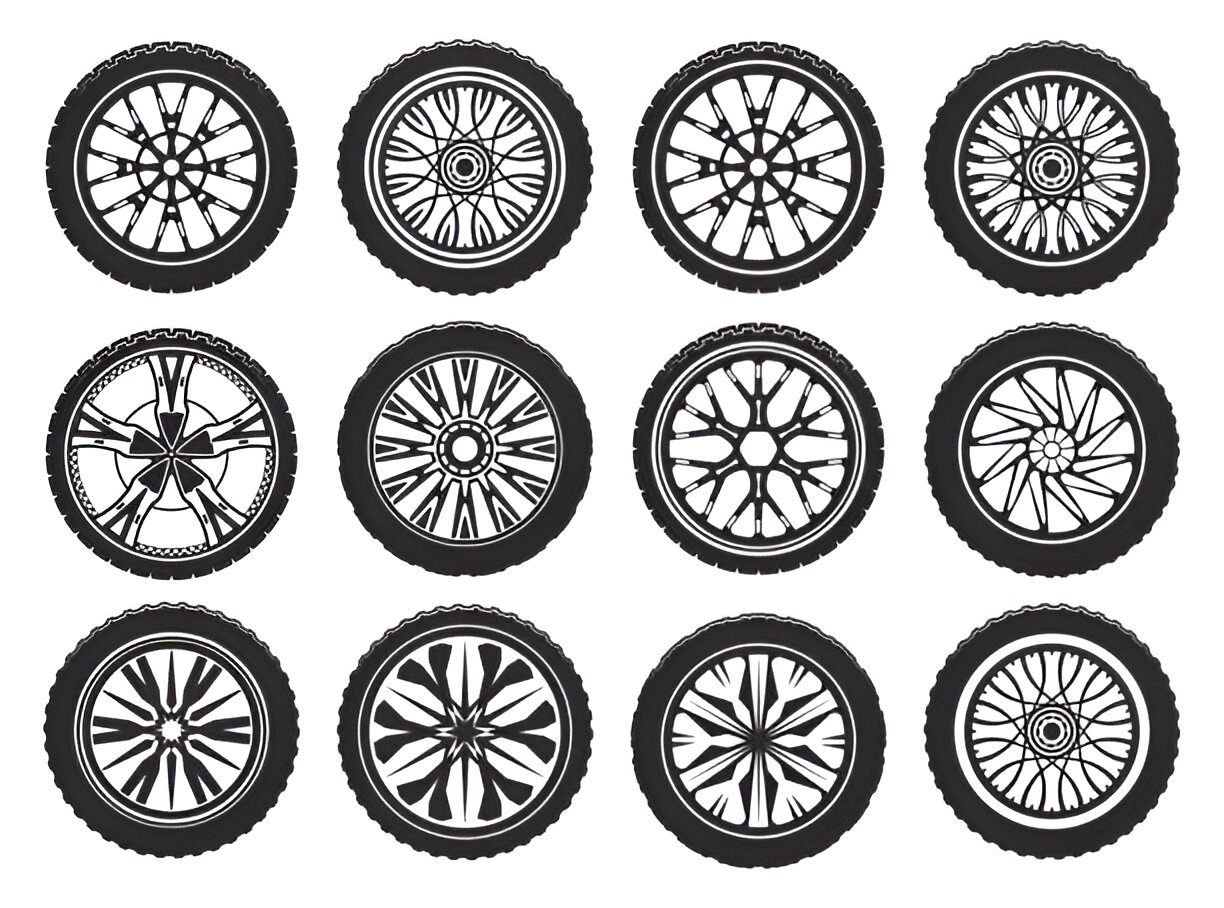
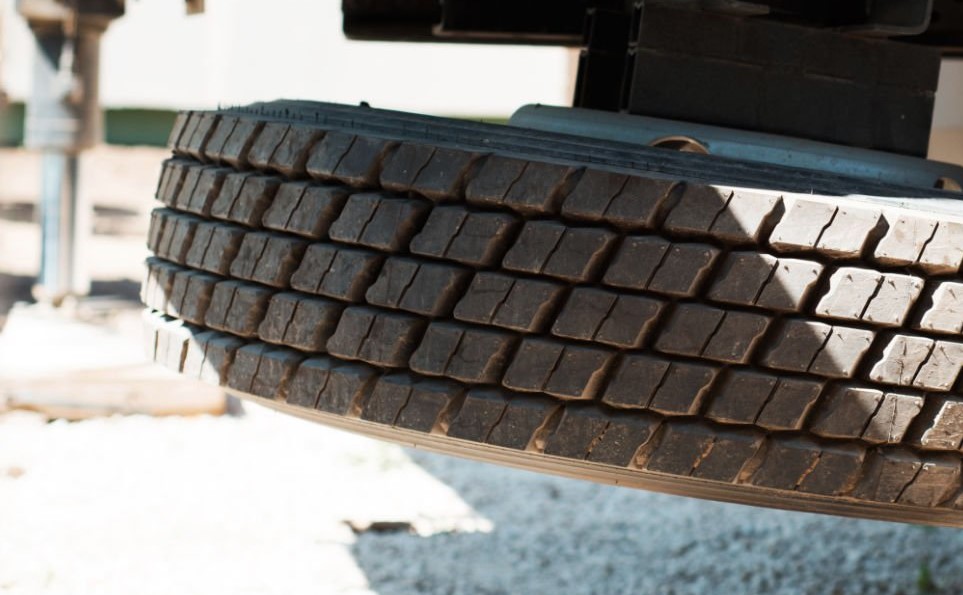
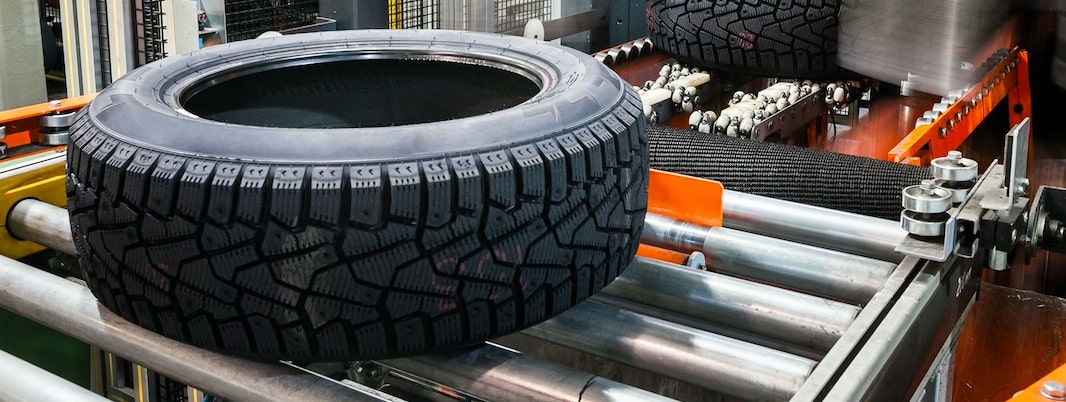


 English
English Français
Français Español
Español